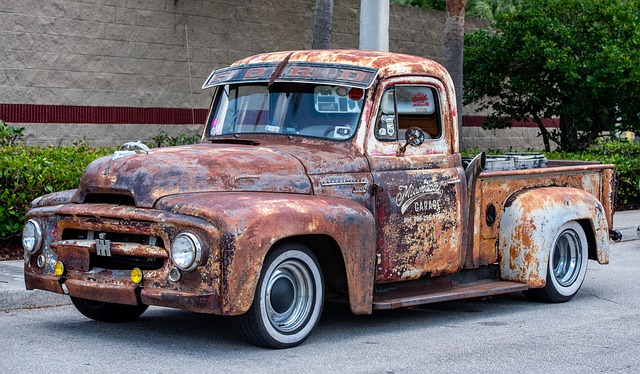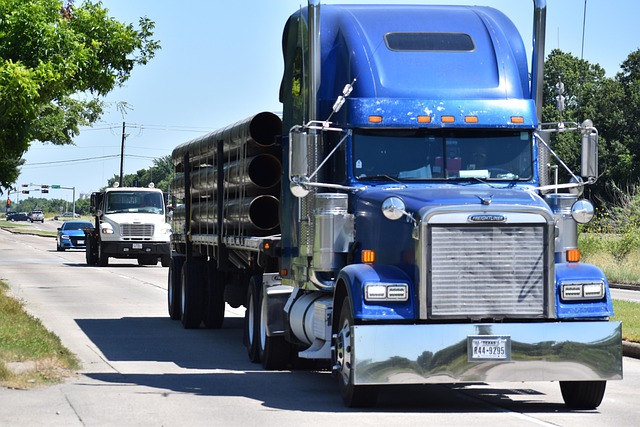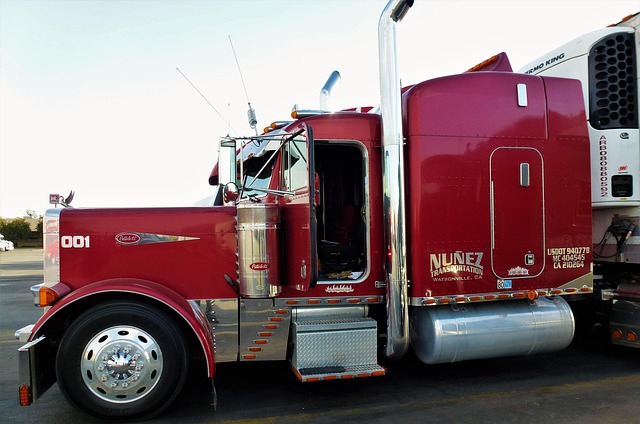Looking to register your car in California? This comprehensive guide breaks down the process step-by-step. From understanding essential requirements to gathering vital documents, you’ll learn how to navigate the process efficiently. Key steps include verifying your Vehicle Identification Number (VIN) with a trusted DMV VIN verifier and completing the registration application form accurately. Ensure everything is in order for a smooth car registration experience.
- Understand California Car Registration Requirements
- Gather Necessary Documents for Vehicle Registration
- Visit the DMV: Step-by-Step Guide to Registration
- Verify Vehicle Identification Number (VIN) Accuracy
- Complete and Submit the Registration Application Form
Understand California Car Registration Requirements

Before registering your car in California, it’s crucial to understand the state’s specific requirements. The California Department of Motor Vehicles (DMV) mandates that all vehicles operated within the state be properly registered and display current plates. This process involves verifying the vehicle’s identity through its unique Vehicle Identification Number (VIN). A DMV VIN verifier is typically used for this purpose, ensuring that the car matches the details on record.
Additionally, you’ll need to provide essential documentation such as proof of ownership, a valid driver’s license, and possibly, if applicable, proof of insurance. Some counties in California offer the option of a mobile vin inspection or mobile vin verifier service, allowing for added convenience when registering your vehicle.
Gather Necessary Documents for Vehicle Registration

Before you start the registration process, ensure you have all the required documents for a smooth transaction at the California DMV (Department of Motor Vehicles). One crucial step is to obtain a Vehicle Identification Number (VIN) verification, which can be done through a DMV-approved vin verifier. This process involves inputting your VIN into a specialized system to gather essential vehicle information, including its history and any outstanding issues.
Having a mobile vin inspection or using a mobile vin verifier app can also be beneficial, as it allows you to complete this step conveniently at your location. Verify that all paperwork is in order, including your vehicle’s title, registration documents from the previous state (if applicable), proof of insurance, and valid identification with your current address. These documents are essential to demonstrate ownership and ensure accurate registration of your car in California.
Visit the DMV: Step-by-Step Guide to Registration

Visiting the DMV is a crucial step in registering your car in California. Here’s a straightforward guide to make the process efficient. Start by scheduling an appointment online or in person at your local California Department of Motor Vehicles (DMV) office. Bring all required documents, including your vehicle’s registration from the previous state (if applicable), proof of ownership, and valid identification.
Once at the DMV, locate the dedicated window for registration services. An agent will guide you through the process, which typically involves filling out forms, paying the registration fees, and providing detailed information about your vehicle, including its make, model, year, and unique Vehicle Identification Number (VIN). For added convenience, consider using a mobile VIN inspection service to verify your car’s history before heading to the DMV. This step ensures all information is accurate, streamlining the registration process.
Verify Vehicle Identification Number (VIN) Accuracy

Before you begin the registration process, it’s crucial to ensure your Vehicle Identification Number (VIN) is accurate and valid. This unique 17-character code is essential for identifying your vehicle and can be easily verified through a DMV VIN verifier or even more conveniently with a mobile vin verifier. Accurate information ensures a smoother registration experience and helps prevent potential issues down the line.
A proper vin inspection involves checking the VIN plate, which is typically located on the driver’s side of the vehicle. Double-check for any discrepancies or alterations, as these could impact the registration process. Many states, including California, have designated mobile vin verification services that allow you to confirm your VIN’s authenticity from the comfort of your home, making the entire procedure more efficient and user-friendly.
Complete and Submit the Registration Application Form

To register your car in California, one of the initial steps is to complete and submit the Registration Application Form. This form can be obtained from the California Department of Motor Vehicles (DMV) or downloaded online. It requires detailed information about the vehicle, including its make, model, year, and unique Vehicle Identification Number (VIN). The VIN is a crucial piece of data, and many California residents opt for a mobile VIN inspection to ensure accuracy.
Using a DMV-approved VIN verifier can simplify this process. You’ll need to input the VIN into the verifier’s system, which will cross-reference it with the state’s records to verify its authenticity and condition. Once the VIN inspection is complete, you can fill out the rest of the application form, providing details like ownership information, insurance status, and preferred registration renewal dates. Submitting this form initiates the registration process, bringing you a step closer to legally operating your vehicle on California roads.
Registering a car in California is a straightforward process that requires understanding the state’s requirements and gathering the necessary documents. By following these steps, including verifying your Vehicle Identification Number (VIN) using a trusted DMV VIN verifier, you can ensure a smooth registration experience. Remember to complete all forms accurately and submit them to the Department of Motor Vehicles (DMV) for a timely approval, allowing you to hit the road legally and with confidence.
